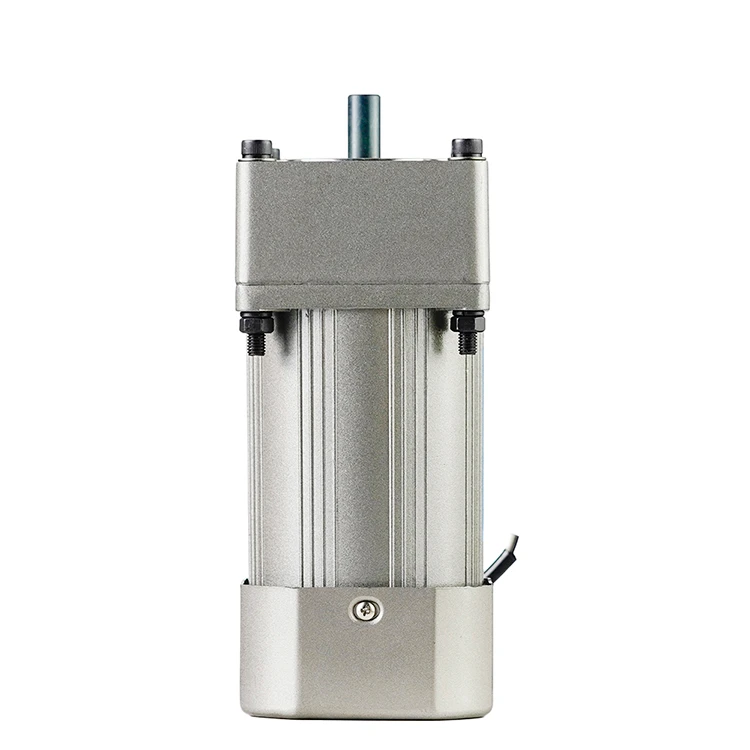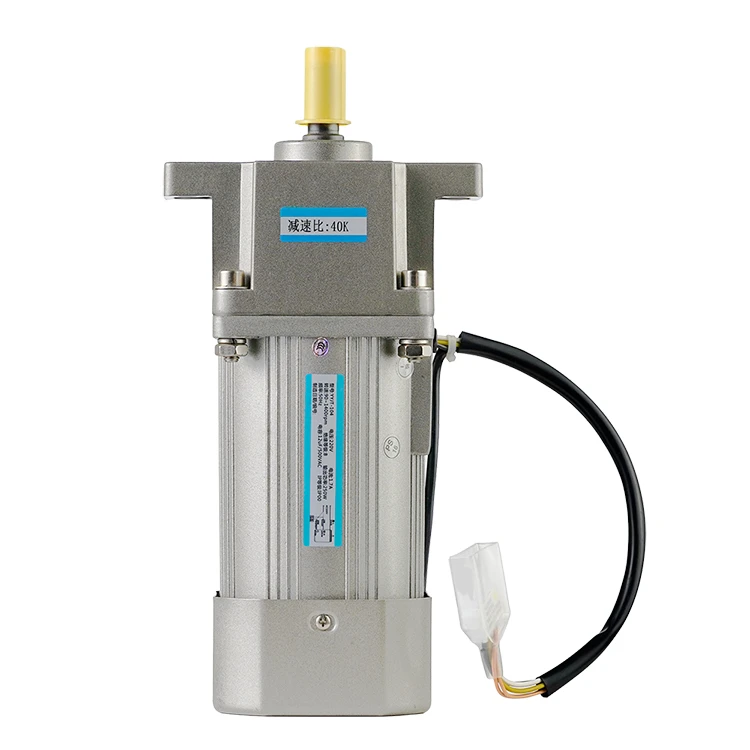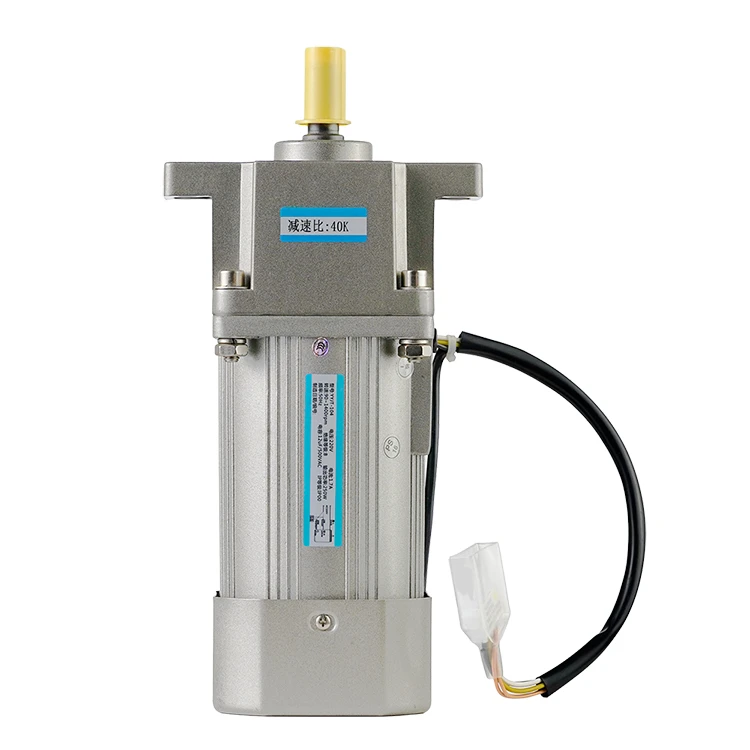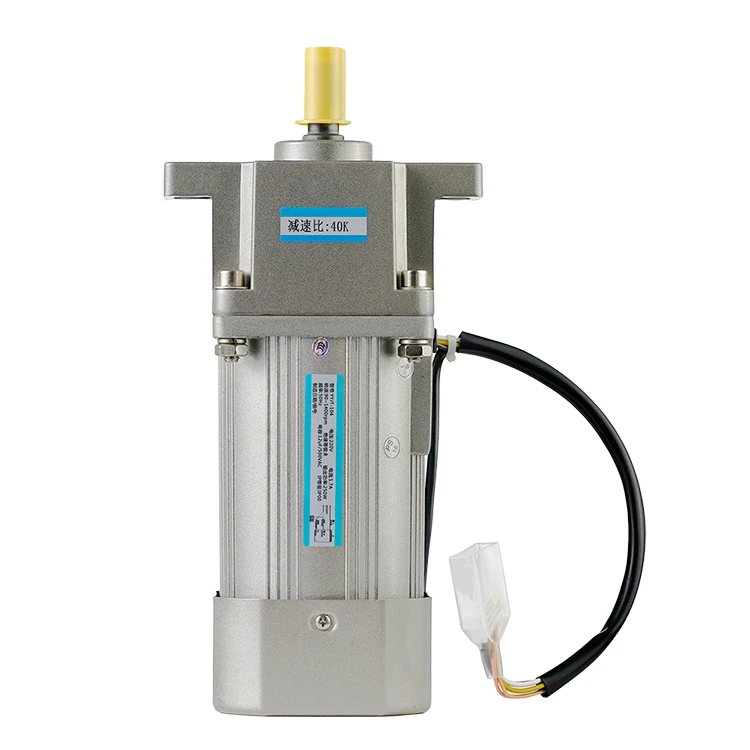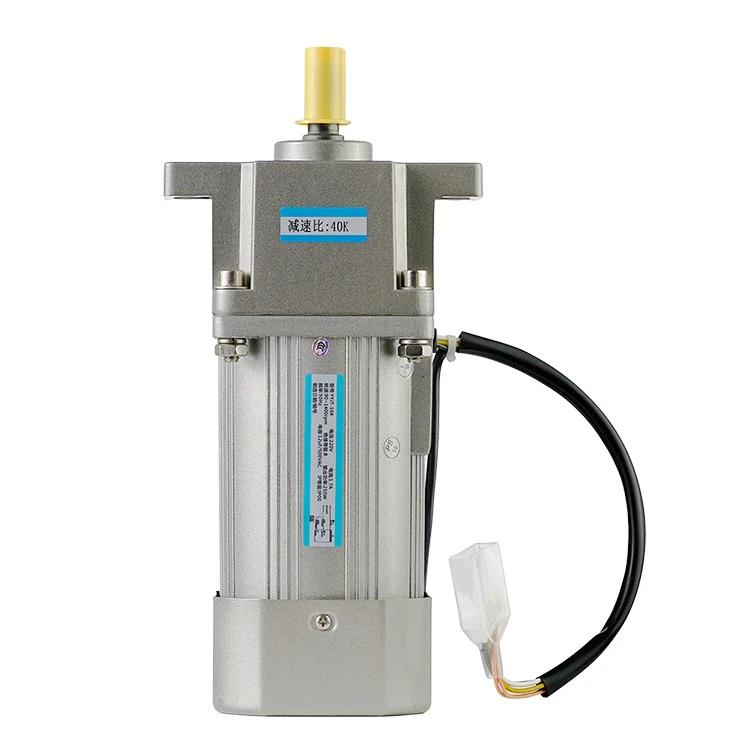What is the difference between a gearbox and a gear motor?
2023-08-11 15:26:52
When it comes to mechanical power transmission systems, two commonly used components are gearboxes and gear motors. While they might seem similar at first glance, there are fundamental differences between the two. In this article, we will delve into the dissimilarities between gearboxes and gear motors, shedding light on their respective functionalities and applications. By understanding these distinctions, you can make informed decisions when selecting the appropriate component for your needs.
Gearboxes
Gearboxes are mechanical devices designed to modify the speed, torque, and direction of rotational motion between a power source (usually an electric motor) and a driven load. They operate by using a combination of gears with different sizes and arrangements. The primary function of a gearbox is to provide speed reduction or increase, torque multiplication or reduction, or both.
Gearboxes are commonly used in various applications, such as industrial machinery, automotive systems, and conveyor belts. They are often employed in scenarios where the power requirements of the driven load differ from those of the power source. Gearboxes enable the adaptation of speed and torque to ensure optimal performance and efficiency.
Gear Motors
Gear motors, on the other hand, are integrated units that combine an electric motor and a gearbox into a single compact device. Unlike gearboxes, which are standalone components, gear motors provide both the power generation and speed/torque modification functions in a unified package.
Gear motors offer several advantages, including simplified installation, reduced space requirements, and improved overall efficiency. By integrating the motor and gearbox, gear motors eliminate the need for additional couplings, alignment adjustments, and separate mounting arrangements. This integration also enhances transmission efficiency by minimizing power losses that may occur in separate motor-gearbox configurations.
Gear motors find extensive application in various industries, including robotics, automation, and appliances. Their compact size, flexibility, and ease of use make them suitable for situations where space is limited, and precise control of speed and torque is required.
Conclusion
In summary, while gearboxes and gear motors both play crucial roles in power transmission systems, they differ in terms of their construction and functionality. Gearboxesare standalone devices dedicated to modifying speed and torque between a power source and a driven load. On the other hand, gear motors combine both the motor and gearbox into a single unit, offering integrated power generation and speed/torque modification capabilities. By understanding the distinctions between gearboxes and gear motors, you can make informed decisions when selecting the ideal component for your specific application, ensuring optimal performance and efficiency.
See What Lunyee Can Do For You
Contact Us
- 8619149417743
- +86-0371-5562 0274
- [email protected]
- Zhengzhou, Henan Province, China
- Mon-Fri: 9:00 - 18:00
